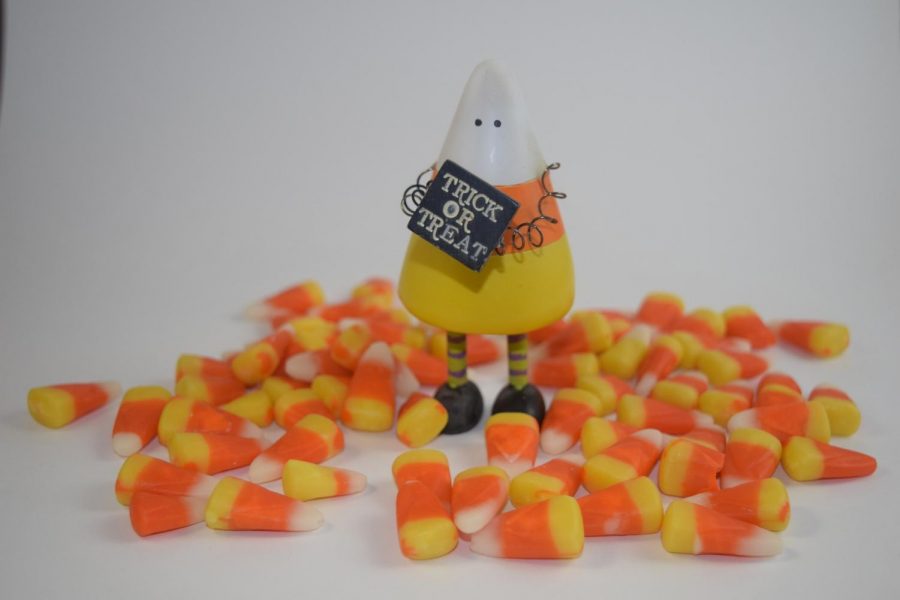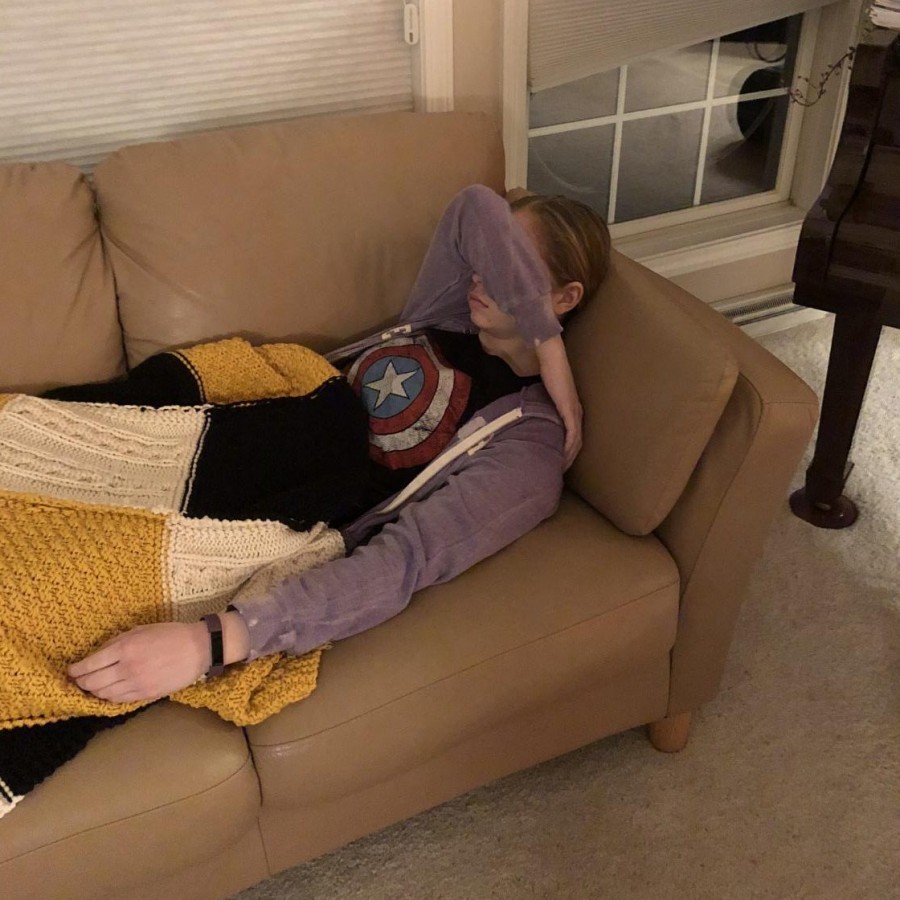Halloween is right around the corner and people are already preparing for the treats they hope to bring home. Kids go around from house to house accumulating as much candy as they can fit into their pillow cases and plastic pumpkins. Consuming substantial amounts of candy may seem fun for one night, but the piles of candy left over seem to tempt and taunt you for weeks. Indulging in one or two pieces a day won’t really affect your health overall, but slipping up a couple times may make it harder to fit in your favorite pair of jeans.
The calorie content in Halloween candy may be low, but the added sugar is what causes the negative side effects—some of America’s favorite candies contain the most of it. According to the National Retail Federation, the average American consumes 3.4 pounds of candy on Halloween. This is equivalent to three cups of sugar, or 660 grams of sugar. It is recommended that children between the ages of 2 and 18 consume fewer than 25 grams of added sugar a day.
According to the American Heart Association, there are two types of sugars found in a diet: natural sugars and added sugars.
Natural sugars, like fructose and lactose, are found naturally in foods. Since natural sugars are in fruits and milk, they are often consumed with other nutrients, including proteins and fibers. Proteins repair and rebuild tissues in the body, while fibers control blood sugar levels, normalize bowel movements and lower cholesterol.
Added sugars are added to food while being manufactured or processed to try to improve the flavor of the food. The flavor may improve, but health-value does not. Added sugars can contain natural sugars, but can also be, and are most often, chemically made. A major source of added sugars in the American diet is found in candies. Indulging in too many pieces of candy can lead to weight gain, increased risk of heart disease and diabetes, cavities and even cancer.
The top five beloved Halloween candies that contain the most sugars are: Skittles, Sour Patch Kids, candy corn, Reese’s peanut butter cups, and Starburst. All of these contain more than half of your daily allowance of sugar (25 grams).
Sour Patch kids may not come as a surprise, considering they are made of mostly sugar, and then on top of that, coated with another layer of sugar. Their slogan may be “Sour, Sweet, Gone,” but they are sour for your overall health, containing 13 grams of sugar per fun-size bag.
Candy corn is a very controversial candy to many Americans. Many view it as a blessing, while others view it as a gross rubbery mockery of candy. 9 pieces of the small yellow, orange and white candy contains 13 grams of sugar. Plus candy corn always comes in a huge bag so why would anyone stop at the serving size of 9 pieces.
The most sugary candy, and one of the most popular, is Skittles. A fun-size bag of skittles contains more than half of your daily allowance of added sugar with 16 grams. You are not tasting the rainbow, you are tasting the sugar.
The perfect combination of chocolate and peanut butter can be so tempting. Reese’s peanut butter cups are the most popular candy in America, bringing in $509.85 million a year. It also has the most sales in Iowa each year, but one of the tasty cups contains 16 grams of sugar.
Starburst may be fruit flavored, but unlike most fruit candies that contain very little calorie and sugar contents, Starburst contain 20 calories each with 3 grams of sugar in each. The serving size of 8 pieces is equivalent to 23 grams of sugar.
Even though your favorite candy may contain a lot of sugar, you can still treat yourself to a few pieces now and then. You can still go trick-or-treating, but the candy doesn’t have to be eaten in one day. It can be spread out over a couple of weeks. The key is moderation. There are also healthy alternatives that can still satisfy your sweet tooth; apples are a traditional fall fruit and are very nutritious. They contain no fat, sodium, or cholesterol and contain vitamin B (helps maintain energy levels) and C (helps fight infections). Trail mix is another option, and you can add a little bit of chocolate pieces, raisins, oats, dried fruits or nuts. Trail mix contains a lot of protein and fiber. Lastly, low sugar fruit snacks are still sweet, and don’t contain as many added sugars as candy. By limiting your consumption of sugar this Halloween, your health will surely not be getting a scare.






















